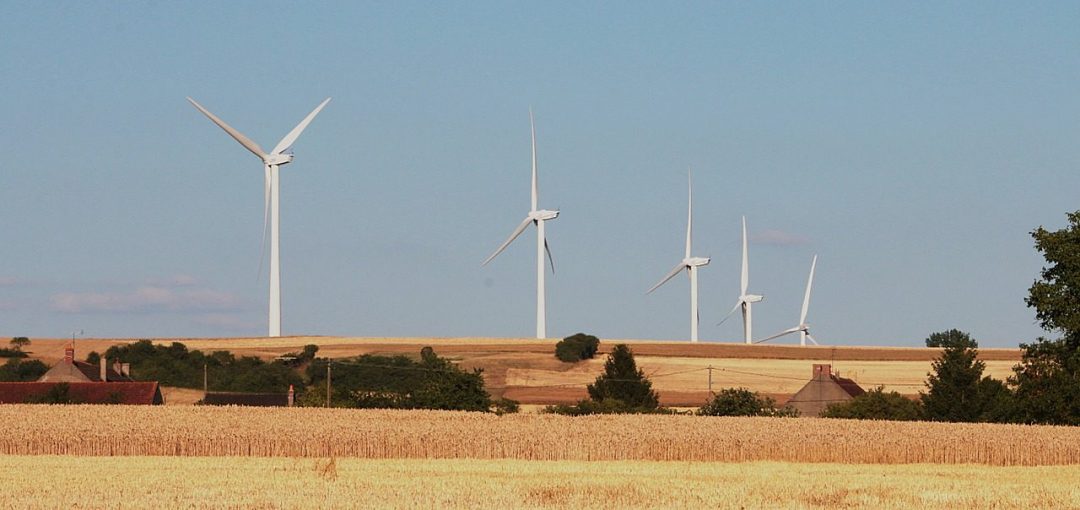Grid codes are technical specifications that define the requirements for any facility connected to electricity grids. When wind power first appeared in the 1980s it enjoyed favorable treatment regarding requirements.
Wind power plants were not required to support power system stability; this was only required from conventional synchronous-generator-based power stations. However, during the 1990s, wind power developments gained momentum, while old regulations remained in place. This led to large capacities of wind power being connected to the grid based on requirements that were not suitable for large-scale deployment. Finally, this resulted in a significant threat to stable grid operation, experienced noticeably during the major grid disturbance in continental Europe in November 2006, when the electric power system was split into three separate regions (Figure 1).
This event was not caused by wind power, but the consequences of the event became more severe due to the behavior of wind power plants. However, it was not that the wind power plants were to blame, as they were following the relevant regulations; it was the regulations themselves that were insufficient. This event demonstrated the need to improve a range of requirements.

Figure 1. The split continental European grid, November 4th, 2006.
Today, wind power plant developers and wind turbine manufacturers increasingly face power system stability support requirements similar to conventional power stations.
These new requirements intend to make wind power plant behavior more similar to conventional power stations. This development is not just a ‘wind’ issue, even though that might be the focus here, as solar power and other sustainable power sources will also need to supply system support services.
This progression of requirements is to some extent unavoidable, and even desirable, as the share of wind power in the generation mix is steadily growing. The adaptation process of grid codes for wind power plants is not yet complete, and grid codes are expected to evolve further in the future.
Future requirements might include specifications on the dynamic behavior, like virtual inertia (a power converter control emulating properties of a rotating electrical machine). Also requirements on the behavior during storms might evolve, to make the power output of wind power plants more predictable during critical weather situations. Voltage quality related issues are especially relevant regarding offshore wind power plants, but they are also gaining importance onshore.
ENTSO-E, the umbrella organization for European transmission system operators, is seen by many as a leader in terms of requirements sophistication. A current development by ENTSO-E aims to develop a uniform grid code framework for Europe.
A review published in WIREs Energy and Environment is largely based on the definitions and provisions set out by ENTSO-E. These provisions in their current state provide a positive and encouraging step in the right direction. However, there is still room for improvement, especially concerning international harmonization of requirements, as the many key aspects are left unspecified, referring instead to regulation by the relevant (national) operator.
The main European grid code requirements for large wind power plants (not single turbines) are outlined in this review, including also offshore wind power plants. Afterwards, an outlook and discussion on possible future requirements is provided. When trying to improve grid codes, several important trade-offs are key, making it difficult to clearly define the ideal design. The ‘ideal grid code’ would offer the (long-term) technical and economic optimum for the entire electrical power system, including the grid, the power plants and the loads. The review has been written by members of IEA Wind Task 25 “Design and operation of power systems with large amounts of wind power”, but it does not represent an official viewpoint of the IEA.
Kindly contributed by Til Kristian Vrana.

















